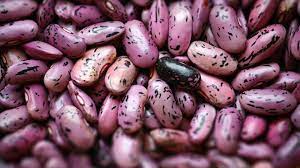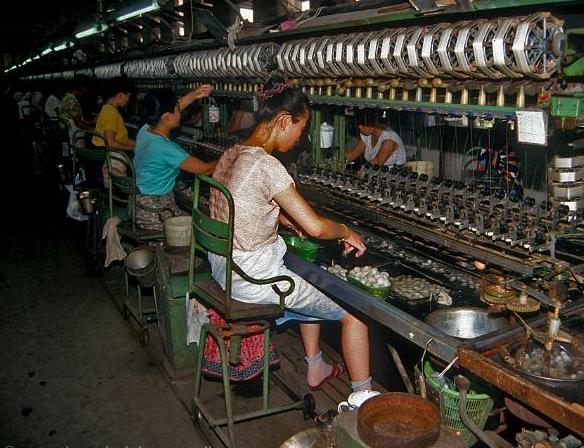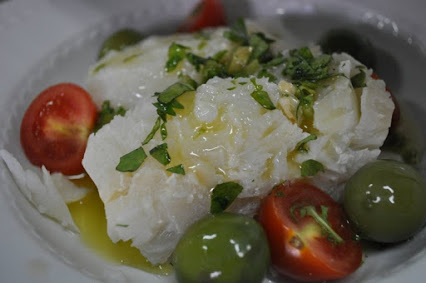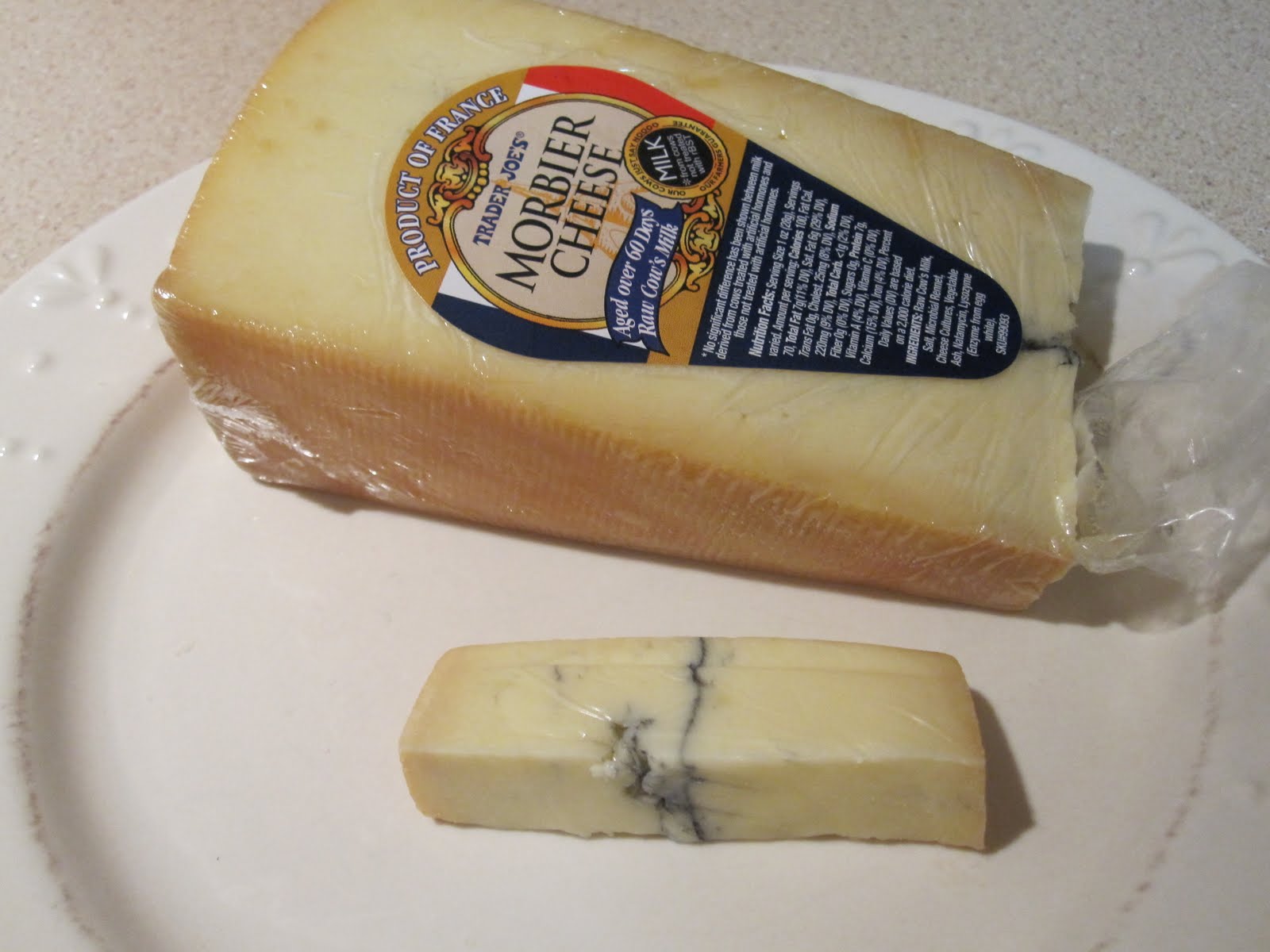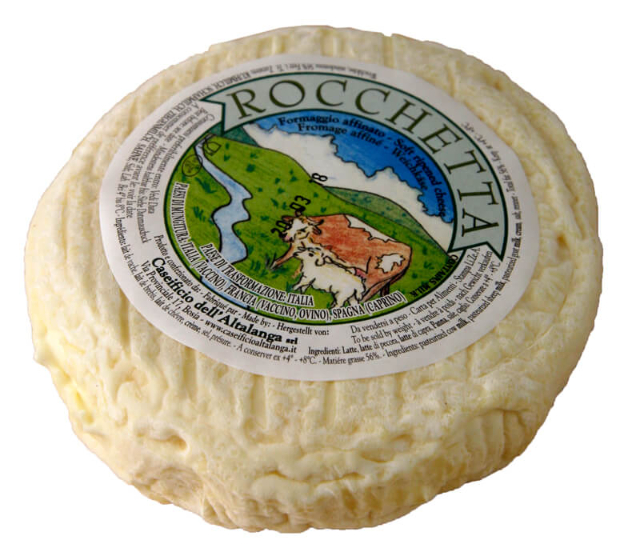According to an ancient legend, it originated when once on the beach the fishermen’s wives left baskets during the night with ricotta cheese, candied fruit, wheat and eggs and orange blossoms as offerings for the "Sea" so that it would let their husbands return safely to land.
In the morning they returned to the beach to welcome their spouses and noticed that during the night the waves had mixed the ingredients and along with the returning men, in their baskets was a cake: the Pastiera. Surely this cake, with its classic low-sugar taste refreshed by orange blossoms, accompanied the ancient pagan festivals to celebrate the return of Spring: sweetened ricotta cheese is a transfiguration of the votive offerings of milk and honey also typical of early Christian ceremonies. to which are added wheat, a wish for wealth and fecundity, and eggs, a symbol of nascent life.
Orange blossom water is the heralding of Spring. Today’s version, was developed in an ancient Neapolitan monastery that has remained unknown. However it turned out, even today on the Easter table of Neapolitans this dessert cannot be missed. Another well-known story tells of Maria Theresa of Austria, wife of King Ferdinand II° of Bourbon, who, yielding to the insistence of her husband famous for his gluttony, agreed to taste a slice of Pastiera, smiling for the first time in public. Ferdinand, the most Neapolitan of the Bourbons, did not miss the joke: "To make my wife smile it took the Pastiera, now I will have to wait until next Easter to see her smile again."
And here is this little story in rhyming couplets.
In Napule reigned Ferdinand
Ca passed e’ jurnate zompettiando;
While instead a’ maid, ‘Onna Teresa,
Was always angry. A’ hanging face
O’ snout, never yielded,
How she had been through so much trouble.
Nù bella juu giorno Amelia, a’ maid
Said to her, "Majesty, this is a’ Pastiera.
It pleases women, men and creatures:
Eggs, ricotta, wheat, and water re ciure,
‘Mpastata insieme o’ zucchero e a’ farina
A can purtà nnanz o’Rre: e pur’ a Rigina."
Maria Teresa facett a’ ugly face:
Mastecanno, receiving, "It’s o’Paraviso!"
And even o’ pizz’a riso escaped her.
Then o’ Rre said, "E che marina!
To make you laugh, do you need a Pastiera?
My wife, come here, give me a hug!
Do you like this cake? Now I know.
I order the cook that, starting from now,
This Pastiera make it a little more often.
Not only in Pasca, which otherwise is a harm;
to make you laugh it will take at least a year!"
We can see how another aspect of deep Neapolitan psychology emerges from this little story, namely, the positive value of cheerfulness, of smiling faces as an element of communication and togetherness, and, in contrast, how excessive seriousness is never appreciated. From the very first seconds of approach, the Neapolitan tries to win over the interlocutor with a quip.
So the Pastiera as a dessert capable of bringing a smile even to an austere Hapsburg queen: the secret is perhaps the wheat, certainly the use of ricotta cheese of which there is no sparing in Naples in many preparations and which constitutes the secret of the absolute softness of so many preparations, beginning with calzoni, fried and baked, and continuing in pasta al pomodoro. In fact, the ricotta makes a side game as far as texture is concerned, which then constitutes the real pleasure when eating the pastiera and which makes it different from the cream pizza, not by chance in inland areas the percentage of wheat increases, transforming it into a kind of classic rural pie.
Another element of the pastiera is the low sugar sensation, a reminder of the palate of yesteryear when balance was not prevered to the invasive and dominant sensation. This datum makes the Easter cake something unique, modern and ancient, therefore classic.
For pairing, it is necessary to aim for something well-structured, such as Marsala, even dry, or a Passito di Pantelleria. Sherry is also very good.
The classic recipe
Ingredients
For the shortcrust pastry:
3 whole eggs
500 g flour
200 g sugar
200 g lard
For the filling:
700 g goat ricotta cheese- gr. 600 sugar
400 g of cooked wheat
80 g candied citron- gr. 80 of candied orange
50 g candied pumpkin (it is called cucuzzata) or other mixed candied fruit
a pinch of cinnamon
100 g of milk
30 g butter or lard
7 whole eggs
1 sachet of vanilla
1 tablespoon of thousand-flower water
1 lemon
First get some grain wheat, preferably soft; hard wheat is also fine. Leave it in a bowl for 3 days and remember to change the water in the morning and evening. Then drain and rinse it with running water and, when it is well cleaned, put it to cook. for 500 g of wheat, a pot with 5 liters of water is sufficient, over high heat until boiling. Then lower the flame and continue cooking for about an hour and a half without ever turning it. When cooked, salt to taste and drain.
To prepare wheat cakes, of course, salt should not be added.This cooking is valid for the preparation of all wheat recipes. Cooked wheat can be stored in the refrigerator for about a week. When it is time to use it, to prepare the desired recipe, bring the water to a boil, immerse the wheat in it and boil it for about 5 minutes.
Prepare the shortcrust pastry by mixing all the ingredients , form a ball and let it rest. Pour the cooked wheat, milk, butter and grated zest of 1 lemon into a saucepan; cook for 10 minutes, stirring often until it becomes creamy.
Whisk separately the ricotta, sugar, 5 whole eggs plus 2 yolks, 1 vanilla sachet, 1 tablespoon orange blossom water and a pinch of cinnamon. Knead everything until the dough is very thin. Add a grating of lemon peel and the candied fruit cut into cubes. Mix everything together with the wheat. Take the shortcrust pastry and roll out the dough to a thickness of about 1/2 cm with a rolling pin and line the baking pan (about 30 cm. in diameter) previously buttered, trim off the excess, shrink it and cut out strips.
Pour the ricotta mixture into the baking dish, level it, and decorate with strips forming a lattice that you will brush with beaten egg yolk. Bake at 180 degrees for an hour and a half until the pastiera has taken on an amber color.
( Luciano Pignataro)



